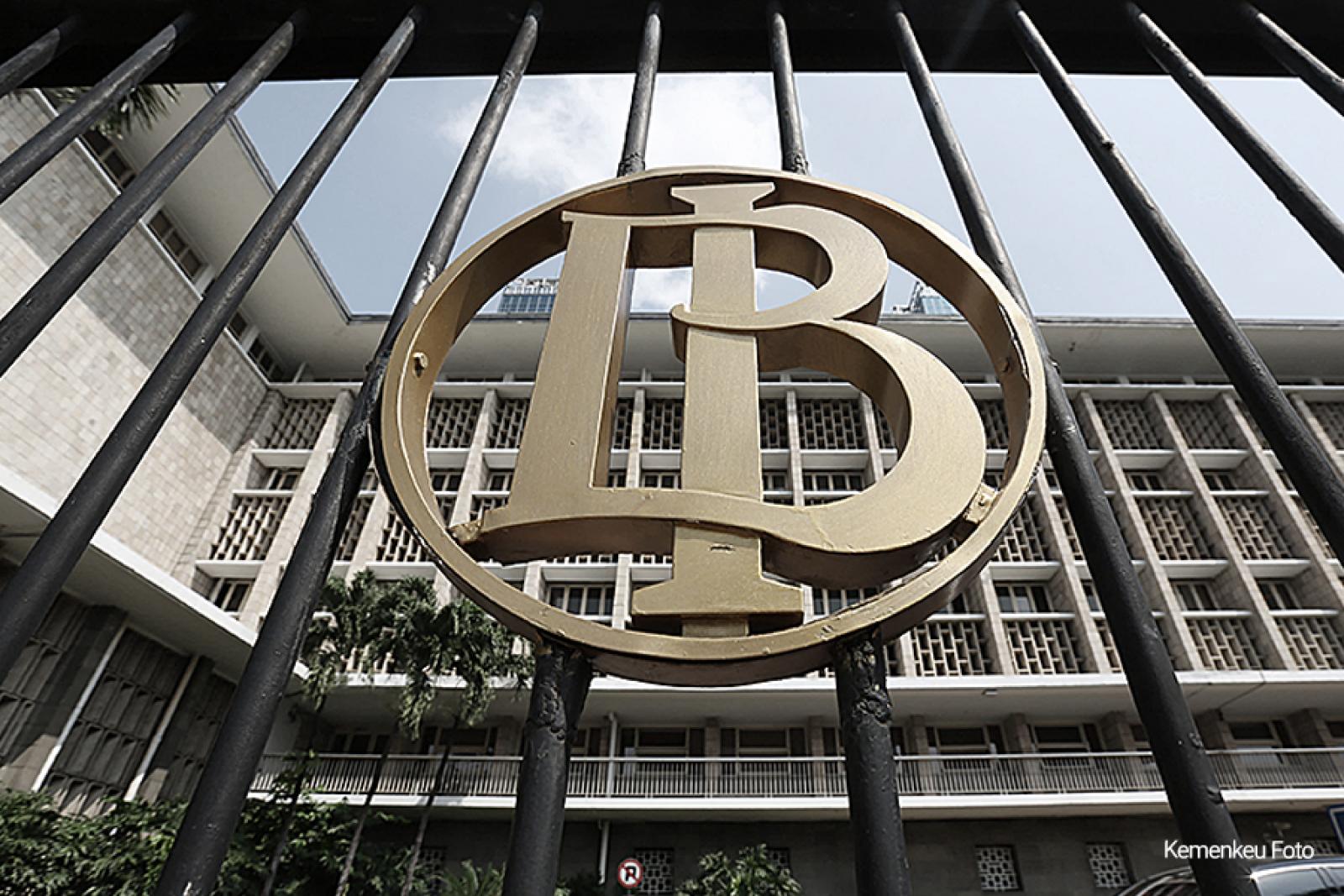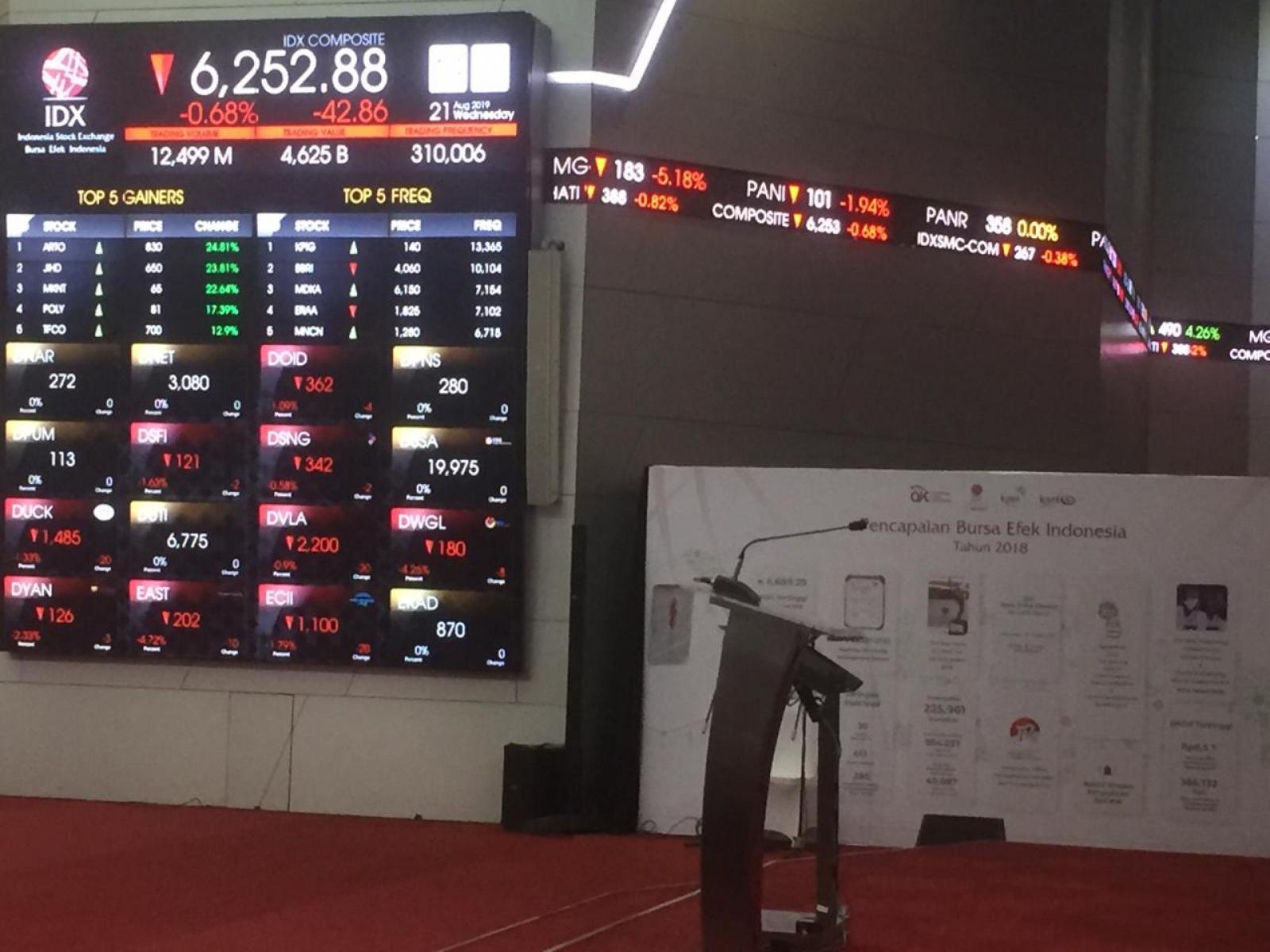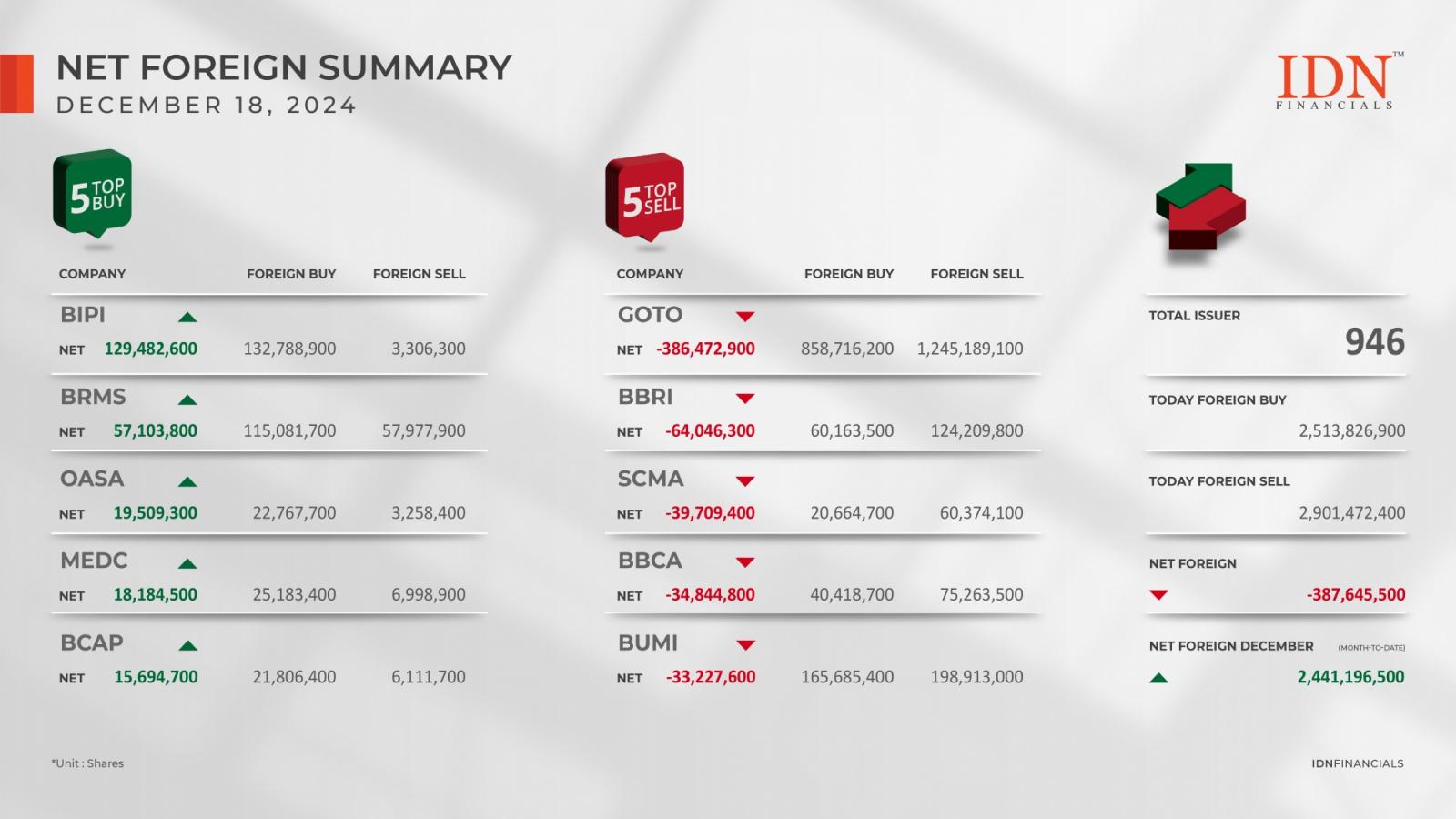
The Australian stock market is slightly lower on Thursday, adding the losses in the previous session, following the broadly negative cues from Wall Street overnight. The benchmark S&P/ASX 200 is staying below the 7,700 level, with weakness across most sectors led by technology and mining stocks.
The benchmark S&P/ASX 200 Index is losing 5.40 points or 0.07 percent to 7,655.00, after hitting a low of 7,631.00 earlier. The broader All Ordinaries Index is down 7.50 points or 0.10 percent to 7,909.60. Australian stocks ended slightly lower on Wednesday.
Among major miners, BHP Group is losing almost 1 percent and Rio Tinto is edging down 0.3 percent, while Fortescue Metals and Mineral Resources are declining almost 2 percent each.
Oil stocks are mixed. Woodside Energy and Santos are edging down 0.1 to 0.3 percent each, while Origin Energy and Beach energy are edging up 0.1 to 0.3 percent each.
In the tech space, Appen and Xero are declining almost 2 percent each, while Zip is slipping more than 2 percent and WiseTech Global is losing almost 1 percent. Afterpay owner Block is edging up 0.3 percent.
Among the big four banks, Commonwealth Bank, ANZ Banking and National Australia Bank are edging down 0.2 to 0.5 percent each, while Westpac is declining almost 1 percent.
Among gold miners, Evolution Mining is edging down 0.4 percent, while Northern Star Resources is edging up 0.4 percent and Newmont is gaining almost 1 percent. Resolute Mining and Gold Road Resources are flat.
In economic news, the total value of retail sales in Australia was up a seasonally adjusted 1.1 percent on month in January, the Australian Bureau of Statistics or ABS, said on Thursday - coming in at A$35.723 billion. That missed forecasts for an increase of 1.6 percent following the 2.7 percent contraction in December.
The ABS also said total value of new capital expenditure in Australia was up a seasonally adjusted 0.8 percent on quarter in the fourth quarter of 2023 - coming in at A$40.061 billion. That beat forecasts for an increase of 0.4 percent following the downwardly revised 0.3 percent increase in the previous three months (originally 0.6 percent). On a yearly basis, overall capex was up 7.9 percent.
Further, the Reserve Bank of Australia said total credit in Australia\'s private sector was up a seasonally adjusted 0.4 percent on month in January - unchanged and in line with expectations. On a yearly basis, overall credit climbed 4.9 percent as housing credit was up 4.2 percent, personal credit added 1.2 percent and business credit jumped 6.8 percent.
In the currency market, the Aussie dollar is trading at $0.650 on Thursday.
On Wall Street, stocks regained ground after an early move to the downside on Wednesday but still ended the day mostly lower. The major averages all finished the day in negative territory following the mixed performance on Tuesday, with the Dow closing lower for the third consecutive session.
After falling by more than 200 points in early trading, the Dow ended the day down just 23.39 points or 0.1 percent at 38,949.02. The S&P 500 dipped 8.42 points or 0.2 percent to 5,069.76, while the Nasdaq slid 87.56 points or 0.6 percent at 15,947.74.
Meanwhile, the major European markets turned in a mixed performance on the day. While the U.K.\'s FTSE 100 Index slid by 0.1 percent, the French CAC 40 Index inched up by 0.1 percent and the German DAX Index rose by 0.3 percent.
Crude oil prices fell on Wednesday after data showed a much larger than expected increase in U.S. crude inventories last week. West Texas Intermediate Crude oil futures for April ended down $0.33 or 0.42 percent at $78.54 a barrel.





